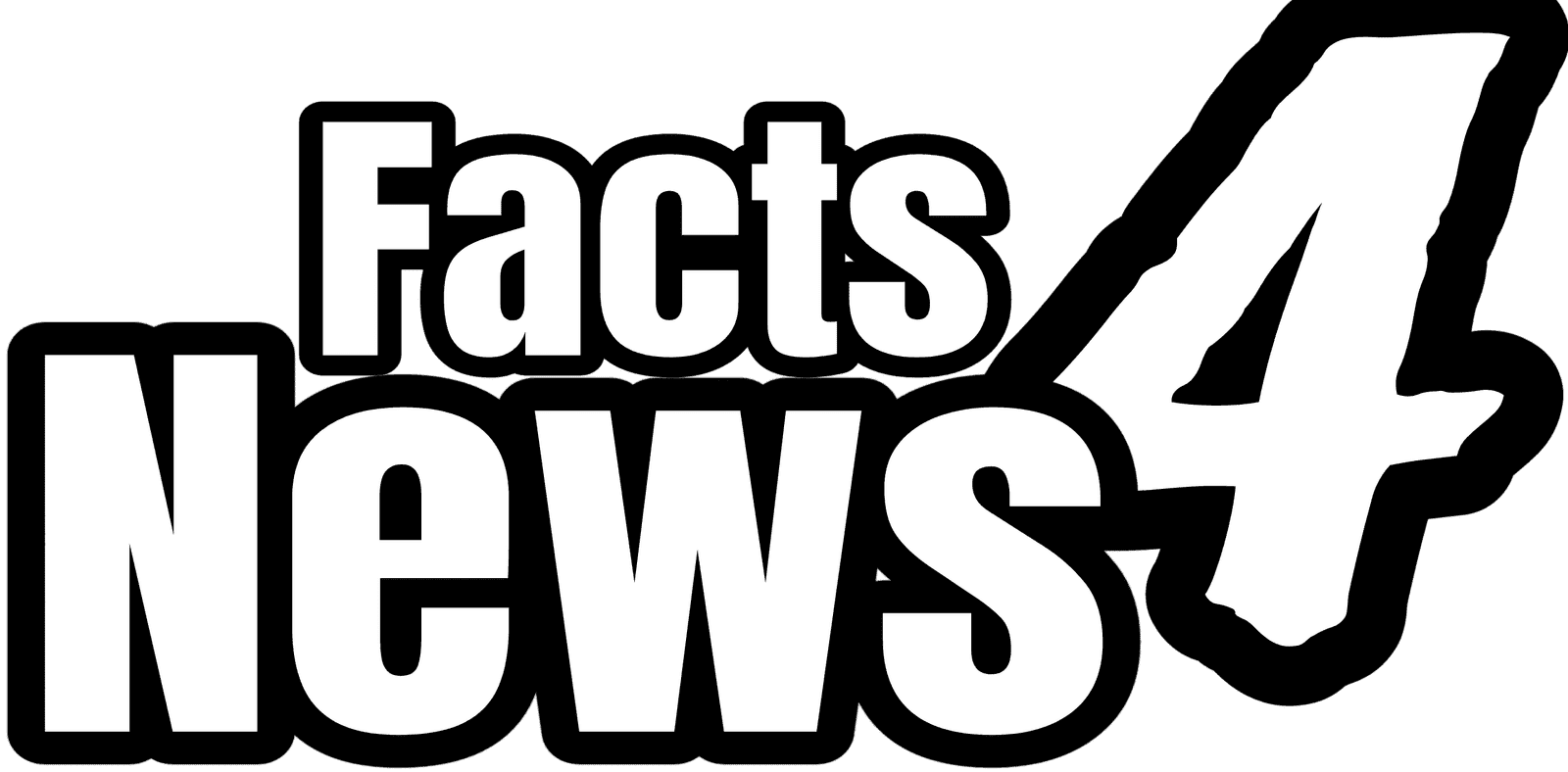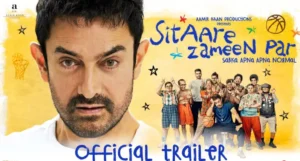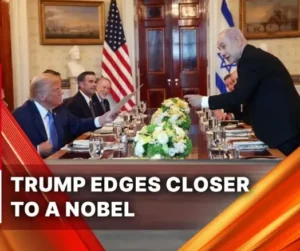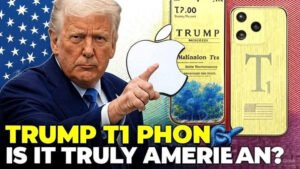OpenAI has unveiled an exciting update to ChatGPT, its widely used AI chatbot, by adding the ability to create images directly within the platform using the GPT-4o model. This advancement marks a significant step forward in artificial intelligence, blending text and image creation into one smooth process. Before this update, generating images required separate tools or models, but now users can produce high-quality visuals as part of their conversations with ChatGPT. This change promises to enhance how people use AI for creative projects, work tasks, and everyday problem-solving.

What is GPT-4o?
GPT-4o is the latest version of OpenAI’s technology, built to handle both text and images in a single system. Unlike older models that needed separate tools for different tasks, this new model combines these abilities, making it more efficient. It understands user requests better and creates images that closely match what people describe. This unified approach means faster results and visuals that feel more connected to the conversation.
How Does Native Image Generation Work?
With this update, ChatGPT users can simply ask for an image—like a picture of a snowy mountain or a colorful abstract design—and GPT-4o will create it on the spot. The process is quick because everything happens within the same system, without switching between tools. Users can even give feedback, like asking for a brighter version, and the model will adjust the image accordingly. This makes it a handy tool for anyone needing fast, tailored visuals.
Why This Matters
This new feature brings a host of benefits. Artists can use it to sketch out ideas quickly, teachers can make custom illustrations for lessons, and businesses can whip up marketing graphics without extra effort. It also makes ChatGPT more engaging, as conversations can now include both words and pictures. The seamless experience could inspire fresh ways to explore creativity and boost productivity across different fields.
What to Watch For
While this technology is impressive, it’s not perfect yet. Sometimes, the images might look stretched, oddly framed, or contain small mistakes. Complex designs, like detailed maps or technical drawings, might not always turn out right. OpenAI is working to iron out these kinks, and user input will help make it better over time.
Looking Ahead with GPT-4o
The addition of native image generation hints at an exciting future for AI. As this technology improves, it could become a go-to resource for industries like design, education, and entertainment. It’s a sign of how fast AI is evolving and a peek at what might come next—think more advanced tools that mix text, images, and maybe even other formats.







